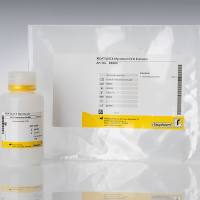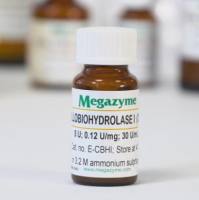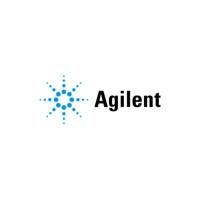4 Preparation of Mycotoxin Standards
互联网
|
Mycotoxin |
Solvent |
Conc. μg/mL |
Molecular Weight |
Molar Absorptivity e |
Wavelength, a nm |
Reference |
|---|---|---|---|---|---|---|
|
Aflatoxin B: |
Toluene-acetonitrile (9 + 1) |
10 |
312 |
19,300 |
350 |
3 |
|
Aflatoxin B2 |
Toluene-acetonitrile (9 + 1) |
10 |
314 |
21,000 |
350 |
3 |
|
Aflatoxin Gj |
Toluene-acetonitrile (9 + 1) |
10 |
328 |
16,400 |
350 |
3 |
|
Aflatoxin G2 |
Toluene-acetonitrile (9 + 1) |
10 |
330 |
18,300 |
350 |
3 |
|
Aflatoxin M 1 |
Acetonitrile |
10 |
328 |
18,900 |
350 |
1 |
|
Aflatoxin M2 |
Acetonitrile |
10 |
330 |
21,400 |
350 |
1 |
|
Citrinin |
Chloroform |
10 |
250 |
16,100 |
332 |
2 |
|
Cyclopiazonic Acid |
Methanol |
10 |
336 |
20,417 |
284 |
2 |
|
Deoxynivalenol |
Ethanol |
50 |
296 |
4,500 |
218 |
2 |
|
Moniliformin |
Water |
50 |
98 |
5,600 |
260 |
2 |
|
Ochratoxin A |
Benzene-acetic acid (9 + 1) |
40 |
403 |
5,600 |
333 |
1 |
|
Patulin |
Ethanol |
10 |
154 |
14,600 |
275 |
1 |
|
Sterigmatocystin |
Benzene |
10 |
324 |
15,200 |
325 |
1 |
|
Zearalenone |
Methanol |
50 |
318 |
6,000 |
314 |
1 |








